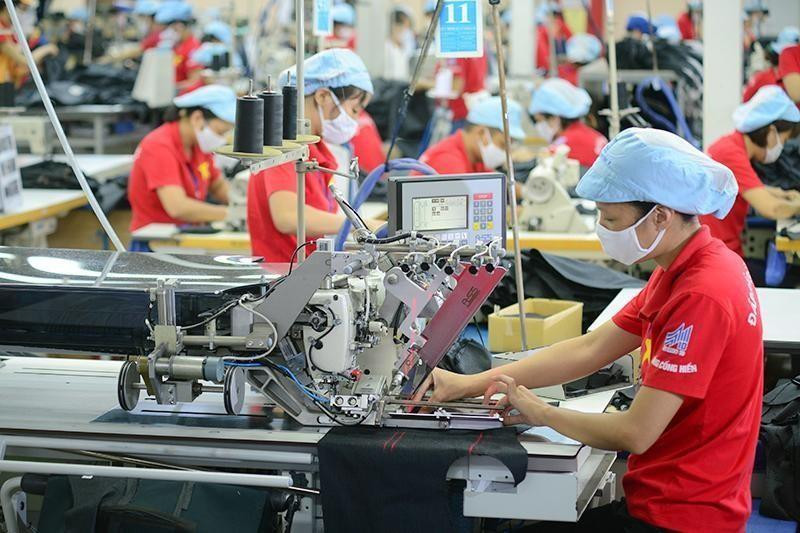This is the second new-generation high-standard trade pact that Vietnam has signed, with commitments covering a wide range of fields, a high level of liberalisation, and stronger commitments than the majority of Vietnam’s existing free trade agreements. Therefore, the EVFTA is expected to create substantial positive impacts on the Vietnamese economy.
The agreement has been in effect for more than two years and most of the commitments concerning tariffs, the opening of the service market, investment and public procurement have been implemented with encouraging initial results.
According to the WTO and International Trade Centre under the Vietnam Chamber of Commerce and Industry, Vietnam’s total exports to the EU during the August 2020-July 2022 period reached 83.4 billion USD, equivalent to an annual average of 41.7 billion USD per year, which is 24% higher than the average figure during the 2016-2019 period. The proportion of exports utilising the EVFTA reached 14.8% in 2020 and climbed to 20.2% in 2021 and 24.5% in the first six months of 2022.
Many Vietnamese exports have recorded impressive growth such as steel (up 739%), cameras and parts (up 260%), and machinery and equipment (up 82.3%). A bright spot is that Vietnam’s exports to the EU have not only increased in quantity but also shifted to goods with higher added value.
In addition, the EVFTA is the most widely known trade pact among Vietnamese enterprises, with about 94% reporting that they have heard of or know about it at varying degrees. This is also the most effectively utilised trade agreement when as many as 41% of Vietnamese enterprises receive some benefit from the EVFTA. The most common benefits are the reduction of tariffs and an increase in orders.
Despite achieving certain positive results, Vietnam’s exports to the EU currently account for only 1% of the bloc’s total imports. Furthermore, nearly 60% of enterprises have not benefited from the EVFTA as they do not have any business with EU partners and do not know any specific benefits to take advantage of.
Therefore, in order to further enhance the implementation of the EVFTA, Vietnamese enterprises need to proactively learn about its commitments in order to take appropriate actions and avoid excessive optimism or unfounded expectations, which may result in risks during the integration process.
On the other hand, enterprises need to reform their production and business methods, create high-quality products that meet the EU’s demanding requirements. In order to make the EVFTA implementation more effective in the future, in addition to the efforts of enterprises, it is also necessary to have the support of the Government through incentive policies and sensible advice to facilitate enterprises to capitalise on the opportunities from the EVFTA.
















